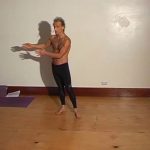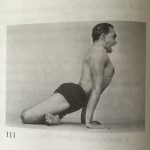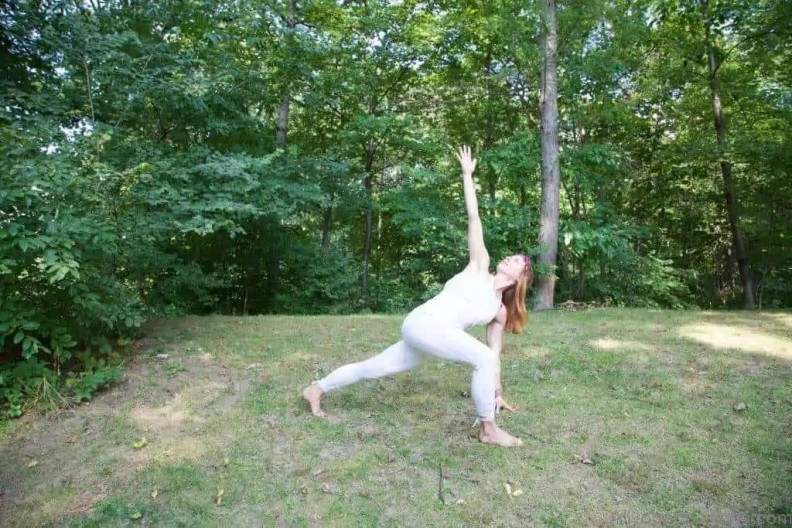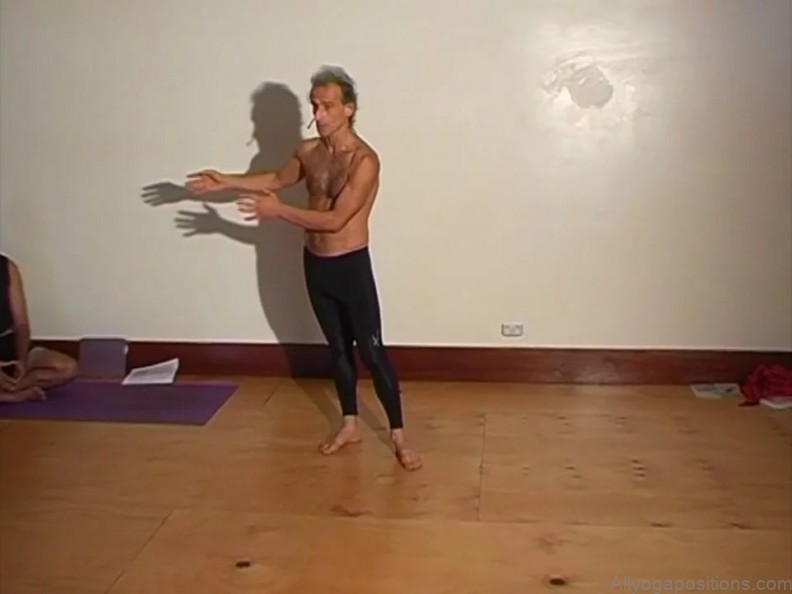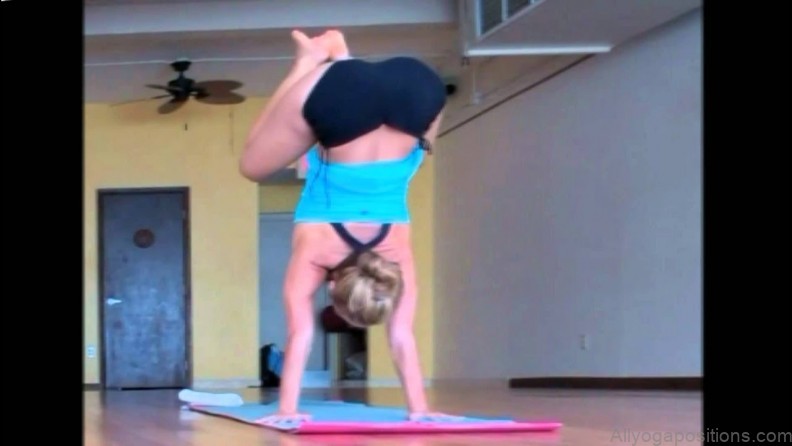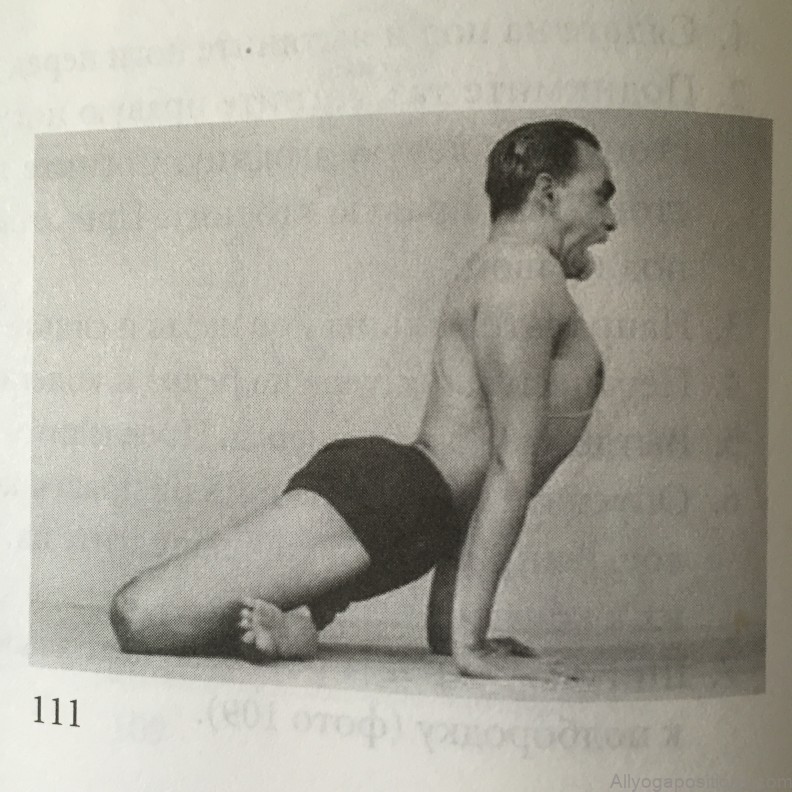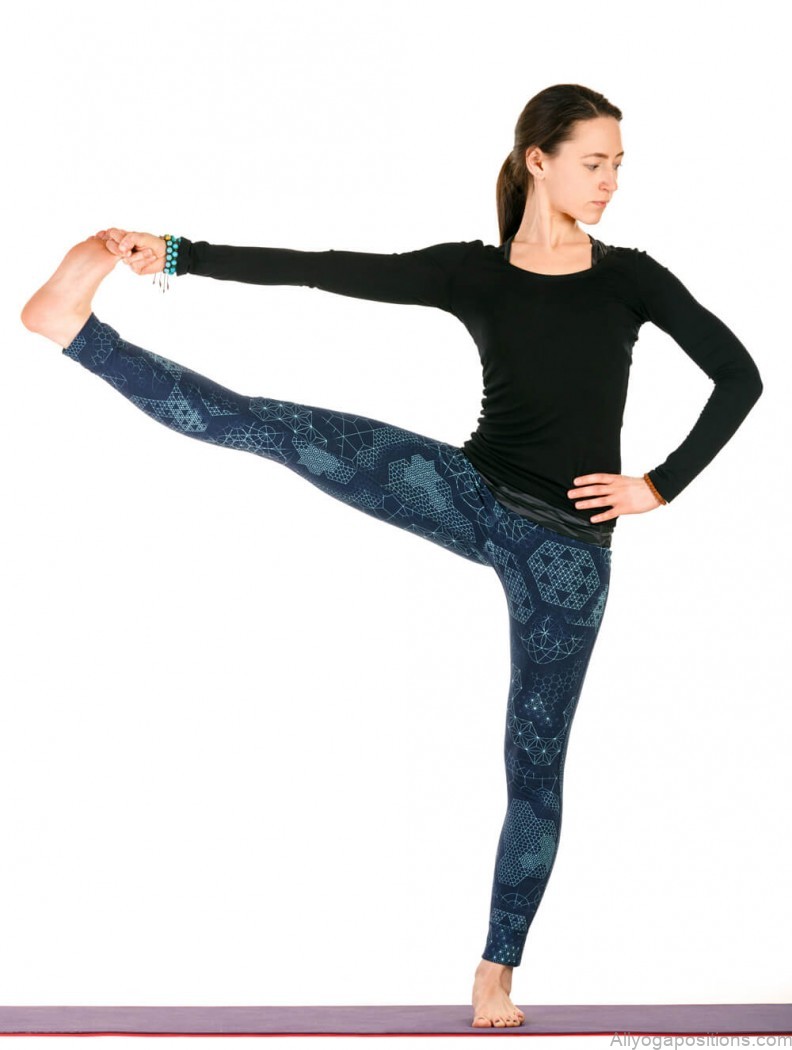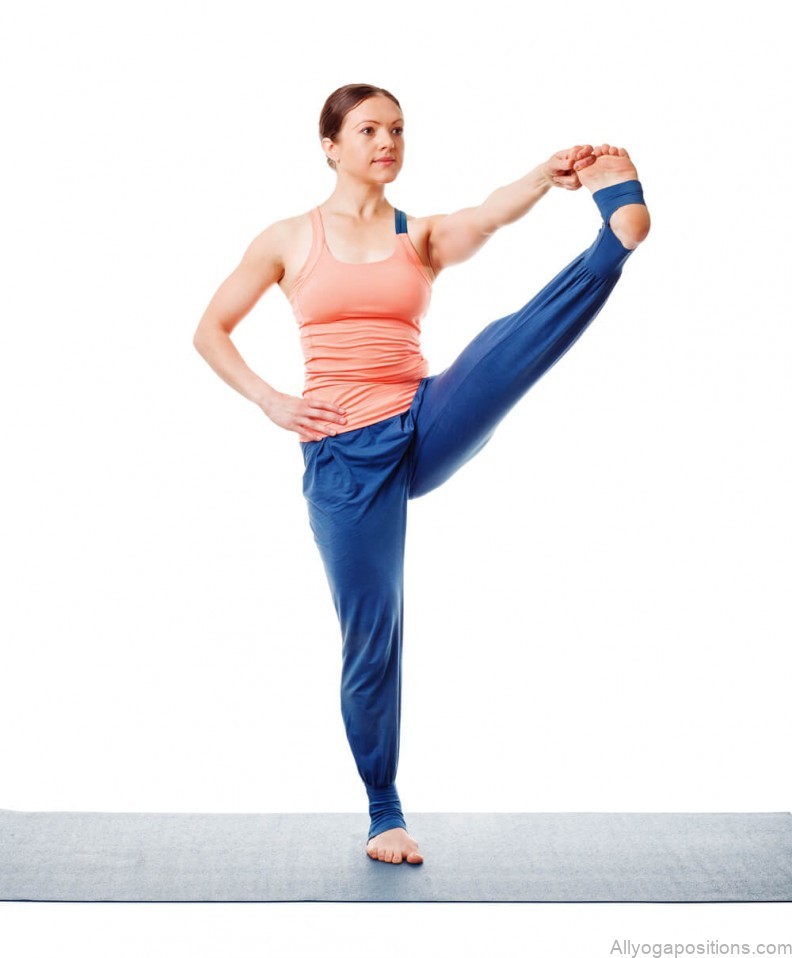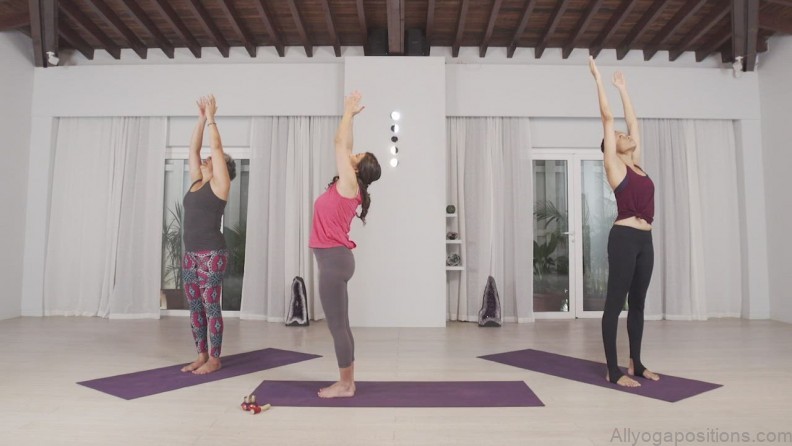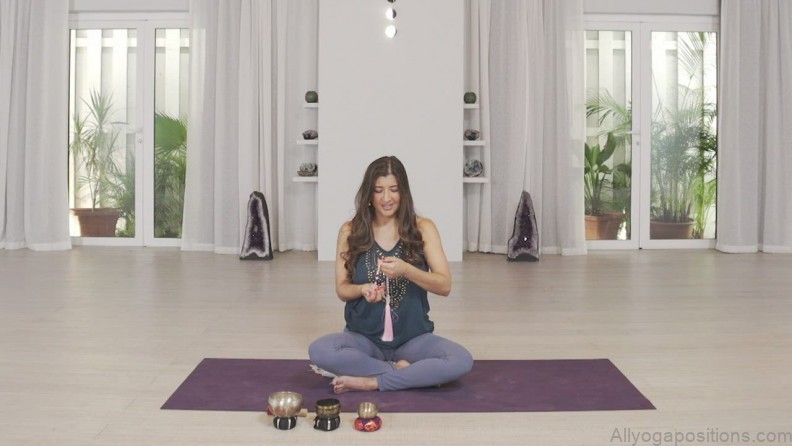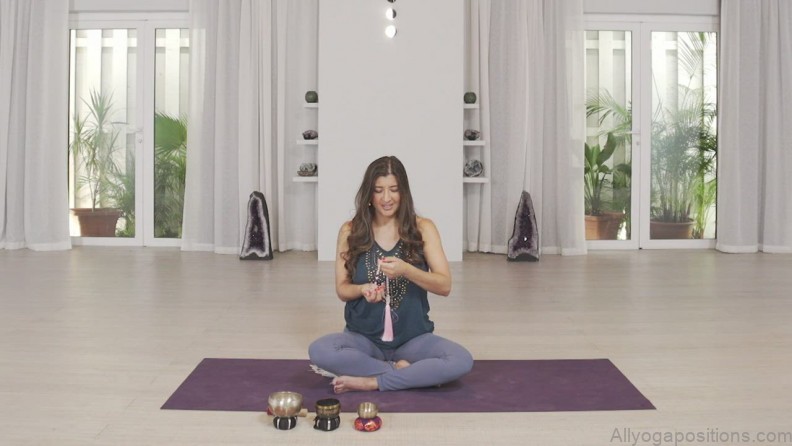In the vast and enriching world of yoga, various asanas (postures) offer a plethora of benefits for the body, mind, and spirit. Among these asanas, the Utthita Hasta Padangushthasana stands out as a unique pose that combines balance, strength, and flexibility. Dive deep into this profound posture, uncovering its benefits, origins, and techniques.
Origins of Utthita Hasta Padangushthasana
Long before yoga became a global phenomenon, it was an ancient practice rooted in the Indian subcontinent. The term “Utthita Hasta Padangushthasana” is derived from Sanskrit where “Utthita” means extended, “Hasta” means hand, “Pada” stands for foot, and “Angushtha” signifies the big toe. This asana, thus, essentially translates to the “Extended Hand-To-Big-Toe Pose.” Originating from traditional Hatha Yoga practices, this pose has been embraced and adapted by various schools of yoga over the centuries.
The Power and Grace of Utthita Hasta Padangushthasana: Unveiling a Yoga Gem Photo Gallery
Delving into the Pose: Technical Insights
The beauty of Utthita Hasta Padangushthasana lies in its simplicity and challenge. To execute this asana:
- Begin in Tadasana or Mountain Pose.
- Slowly lift your right knee towards your chest.
- Grab your right big toe with the right hand’s first two fingers and thumb.
- Inhale deeply, and as you exhale, extend the right leg forward. If possible, straighten the leg while holding the toe.
- Maintain the pose, balancing on the left foot, for a few breaths.
- To deepen the stretch, you can extend the leg to the side.
- Inhale again and return to the starting position. Repeat on the other side.
Physical Benefits: Beyond Balance
Utthita Hasta Padangushthasana is not merely about maintaining balance on one foot. The list of physical benefits is extensive:
- Strengthening: This asana works wonders for the ankles, legs, and hips, fortifying these areas.
- Flexibility: Regular practice can significantly enhance the flexibility of the hamstrings and adductor muscles.
- Improved Posture: As with many balancing asanas, this pose is instrumental in refining one’s posture and alignment.
- Core Activation: The act of balancing and holding the foot challenges the core muscles, promoting strength in the abdominal area.
Spiritual and Mental Rewards
The realm of yoga is holistic, implying that the benefits of asanas transcend the physical plane. When practicing Utthita Hasta Padangushthasana:
- Focus & Concentration: Balancing requires a sharp focus, thereby honing one’s concentration levels.
- Grounding: Rooting one foot on the ground fosters a sense of grounding, connecting practitioners with the earth’s energies.
- Release: Holding the pose, especially during initial practices, might invoke feelings of discomfort. Embracing this discomfort teaches the art of surrender and release, central tenets in yogic philosophies.
Adapting the Pose for All
Yoga believes in inclusivity. If you find it challenging to hold the pose or straighten the leg, don’t be disheartened. Use props like straps around the foot or practice against a wall to gain stability and confidence. Over time, with dedication, the pose will become more accessible.
In conclusion, Utthita Hasta Padangushthasana, the Extended Hand-To-Big-Toe Pose, is a treasure within the yoga realm. Integrating this asana into your regular practice can lead to a harmonious blend of physical strength, flexibility, mental focus, and spiritual growth. Embrace the journey and witness the transformative power of this asana.
Table of Contents
Maybe You Like Them Too
- Mastering Virabhadrasana A: The Warrior Pose of Empowerment
- Embracing the Essence of Wide Legged Forward Bend: A Deep Dive
- Unlocking the Power of Prasarita Padottanasana: The Wide-Legged Forward Bend
- The Power and Elegance of the Wide Legged Forward Bend II Yoga Pose
- Mastering the Warrior II Pose: A Deep Dive into Its Benefits and Techniques


